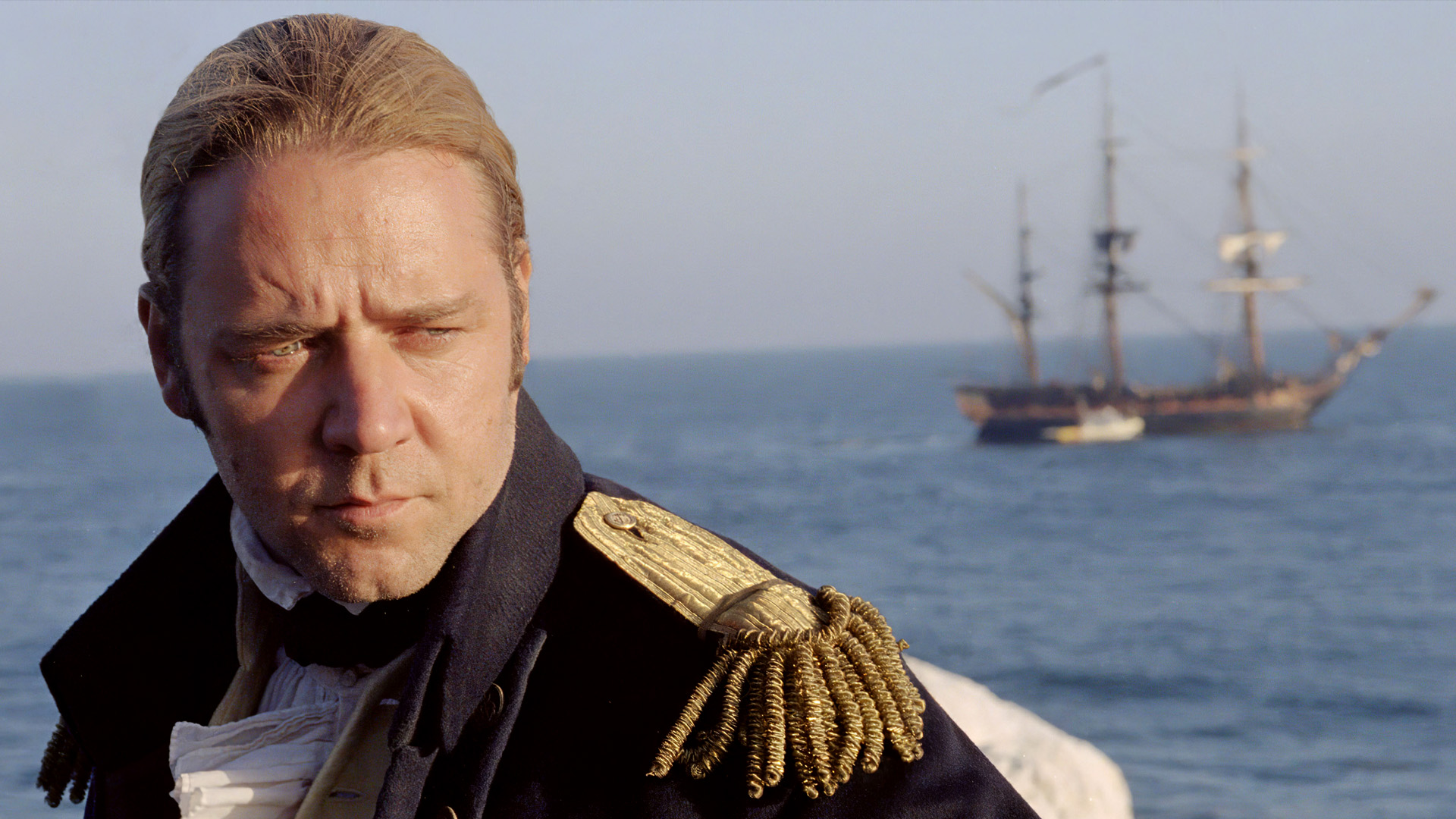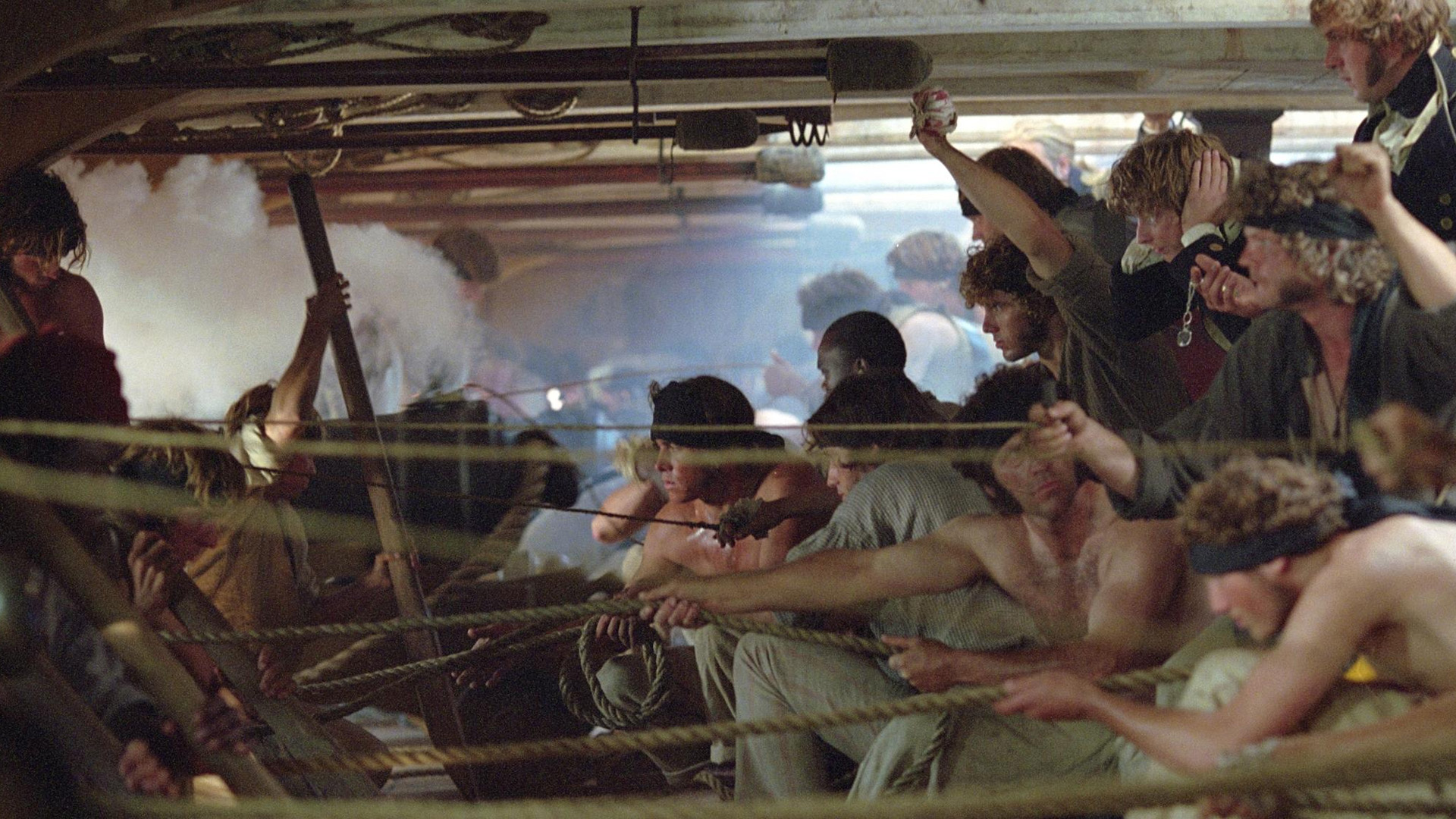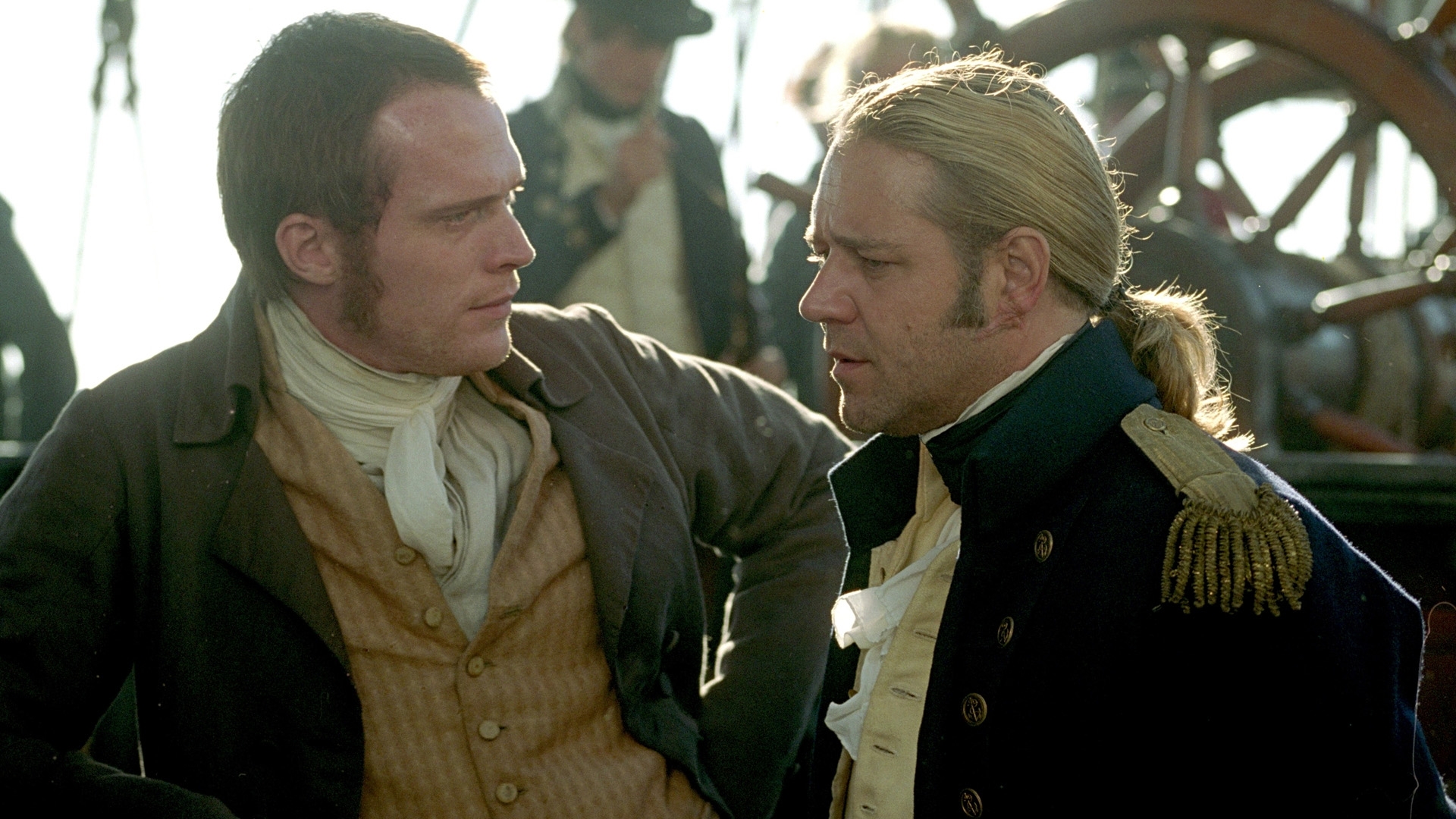Retrospective: Master and Commander: The Far Side of the World turns 20

It’s been twenty years since Peter Weir’s naval drama released to a somewhat tepid initial response. Two decades on, the Russell Crowe historical adventure pic now sits in the pantheon of new classics, writes Travis Johnson.
Well, we never got a sequel, despite there being 20 novels in Patrick O’Brian’s acclaimed Aubrey-Maturin nautical adventure series. Hell, we barely got another Peter Weir movie; Australia’s greatest living director has only made one more feature in the intervening years, the cooly received (but quite good) The Way Back. But in 2003, the Picnic At Hanging Rock director gave us one of the greatest historical epics of the modern era. Rousing, blood-stirring, thoughtful, brutal, and oddly cozy, Master and Commander: The Far Side of the World has transcended its initial box office success and awards season indifference to take its place in the pantheon of new classics.
Indeed, cult classics—being a fan of this banger is like being in a secret club, but one that is always open to new members. “Oh, you’ve gotta see it!” we cry, before nattering on about the Napoleonic Wars and weevils and impromptu string duets and self-surgery while our victims eye the exits. Some take it further than others; the bicorn hat must be doffed to the lad who got the film’s opening text tattooed on his back:
April – 1805
Napoleon is master of Europe
Only the British fleet stands before him
Oceans are now battlefields
Which is all you need to know, really, and if that doesn’t get your blood pumping I don’t know what’s to be done for you; grog, laudanum, and the last rites, perhaps. But, in detail: as the film opens we find ourselves aboard the HMS Surprise under the command of Captain “Lucky” Jack Aubrey (Russell Crowe at his most roguishly charming) off the coast of Brazil in pursuit of the French privateer Acheron, with orders to “…sink, burn or take her a prize”.
Easier said than done, with Acheron being a gun-bristling Man O’ War, but they don’t call him lucky for nothing, and after getting absolutely pantsed in their first encounter, Captain Jack is determined to take down the French pirate, while his best friend, ship’s doctor Stephen Maturin (Paul Bettany, reteaming with Crowe after 2001’s A Beautiful Mind) advises caution. And off we sail.
In terms of plot, the film is relatively straight forward. Weir and co-screenwriter John Collee (Happy Feet, the upcoming Boy Swallows Universe) draw chiefly from the late O’Brian’s 10th novel, The Far Side of the World, switching the action from the War of 1812 to the Napoleonic Wars out of deference to US audiences who might balk at American villains, mixing in details from Master and Commander (book #1) and a smattering of others in the series.
And it’s all about the details. The books are so steeped in period language and naval jargon that the first-time reader can feel all at sea, but the best approach is just to jump in and swim (I am dreadfully sorry). Weir and production designer William Sandell have built a time machine here, putting us right back in the period, and it’s impressive how much simple silence the film contains, letting us take in the textures of the ship, the vastness of the ocean, the rhythms of life on board.

And when Weir’s not doing that, he’s plunging us into ferocious and bloody battle, as roaring cannons shatter gunwales and barrages of grapeshot send men screaming to the decks—the film has barely begun before we’re watching young Midshipman Blakeney (Max Pirkis) get his arm sawn off with only a dose of laudanum and bit between his teeth for the pain. Master and Commander never shies away from the more brutal realities of 19th century navy life, with death, flogging, primitive surgery, and a particularly haunting suicide all featuring.
But then, why is it so much fun?
Perhaps its simply that the fantasy of running away to sea never gets old. It’s a strongly masculine fantasy, to be fair, but this is a strongly masculine film, with literally no speaking roles for women—just bros with bros on the high seas. Weir casts his bros with distinctive but little-known character actors—really, only Billy Boyd as the coxswain was a known face at the time, while David Threlfall and James D’Arcy found some measure of fame after, leading our focus naturally to the central pairing of Crowe and Bettany as Aubrey and Maturin.

The former is a lusty, gutsy, Navy lifer, a man with salt water in his veins, grog in his belly, and a keen love for the fight. The latter is a cerebral, erudite man of science and letters, what Blakeney describes as “a fighting naturalist” as they explore the Galapagos Islands in one key sequence. They’re a study in contrast and complementary traits—together they make music. The relationship between them, and the way the two actors embody their characters, is the highlight of the entire film. And while arguments can be made some of Crowe’s other performances, Aubrey must be in the conversation when we discuss his best roles.
They simply don’t make ‘em like this anymore—indeed, they barely made ’em like this when they made this, although Hollywood’s brief post-Braveheart enchantment with blood ‘n’ thunder epics has its share of charms. But Master and Commander: The Far Side of the World is the best of that run; maybe we don’t need more because this film is a timeless classic.
…but we’d still take a sequel, nonetheless.




















